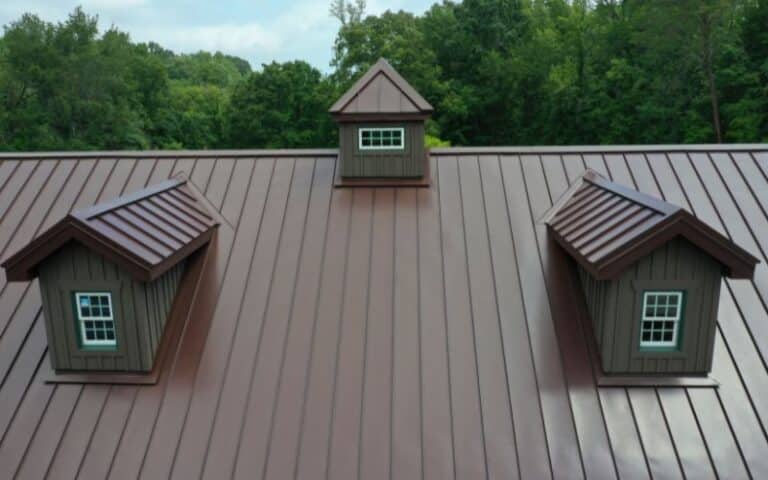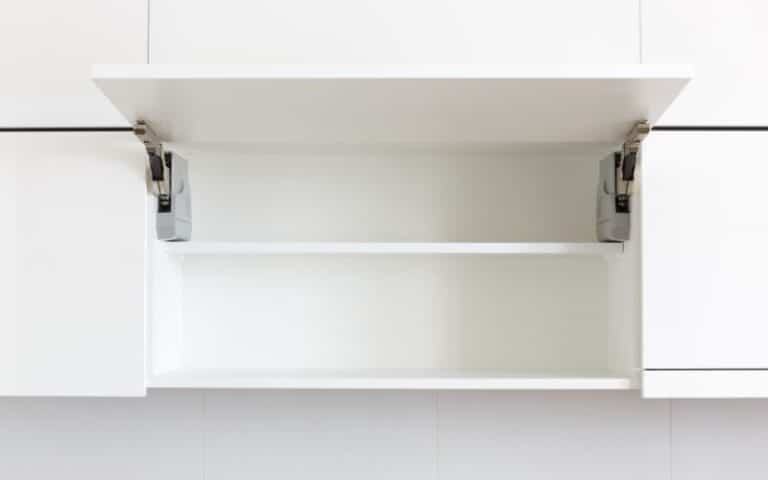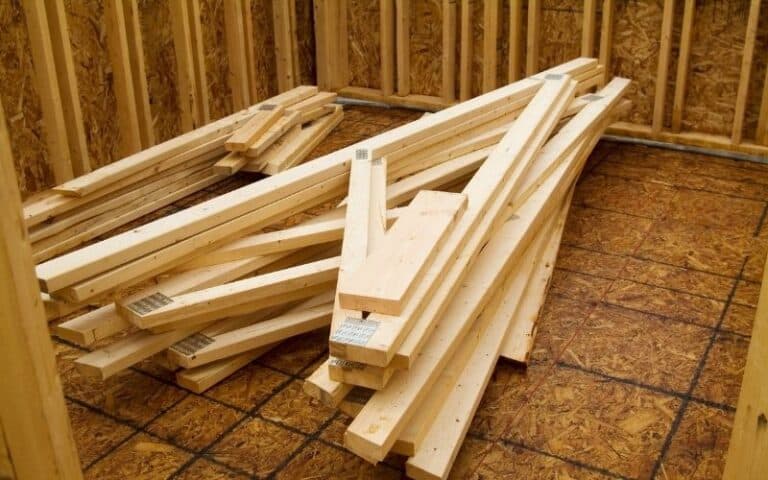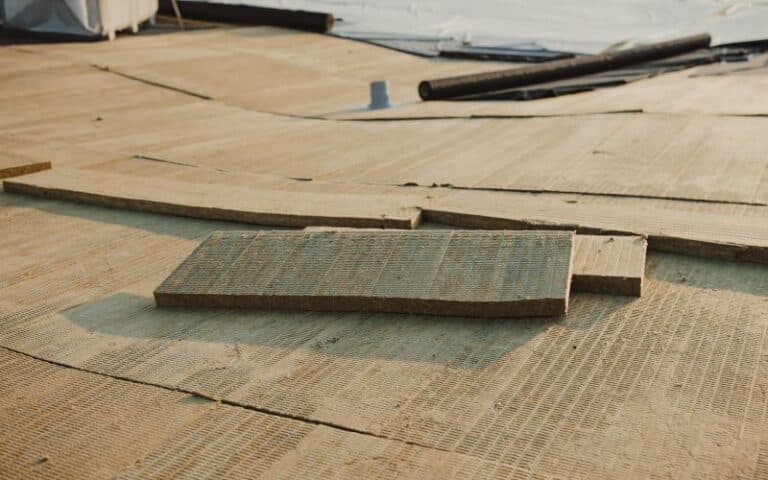The roof protects against the elements and is an essential part of the house. Unfortunately, dead valleys are a product of lousy architecture; they can ruin your roof and cause leakages.
We’ll look at some ways to fix this.
When constructing the roof, the roof can run into the wall. This structure is a terrible design by the architect since it shouldn’t be in roofing. You can fix this by sealing the roof-wall intersection with metal or flashing materials.
Ready for a Roofing Quiz?
What Is It Called Where A Roof Meets A Wall?
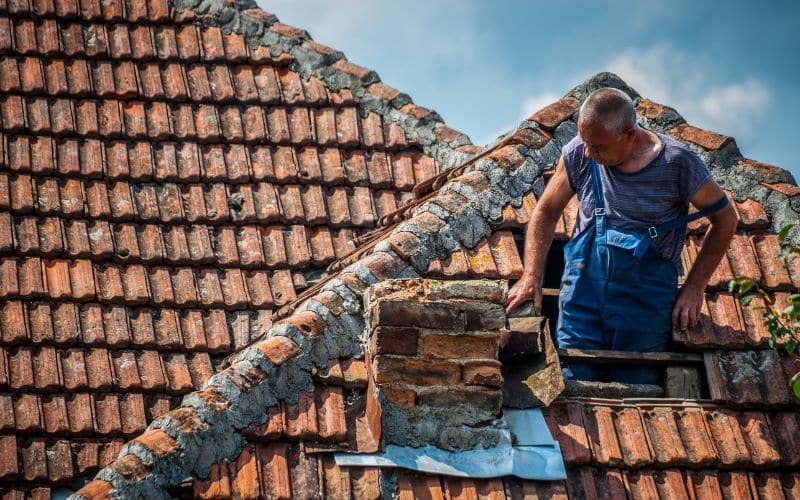
A juncture where the face of a sloped roof joins with a wall is called a headwall or sidewall. You’ll need to flash this location, so you don’t get leaks. Flashing usually overlays the roof’s surface.
Step flashing is for the sidewall. It is generally put under the siding and beneath the roofing substance. It shields roof-wall intersections. In some cases, the outside siding might need flashing.
In many situations, step flashing must be behind the sliding. Headwall flashing is employed when the roof’s higher-end section meets a wall.
This flashing is also apron flashing or wall flashing. It is from ‘L’ formed metal, usually 10 feet long.
In addition, another kind of flashing is counter flashing. This flashing keeps headwall flashing, be it stucco walls, brick, or stone walls.
Although it is challenging to tuck metal flashing into stucco walls, counter flashing is how you get it done.
Expert help is needed to mount counter flashing. In counter flashing, sealants and mortar clasps maintain a leak-free wall.
Roofing Solution For “Dead Valley”, Where One Plane Goes Into The Wall?
A great way of solving this is using a PVC (polyvinyl chloride) membrane. The membrane should seal the areas where the plane goes into the wall.
Begin from the bottommost area and install the membrane up the roof. The membrane should cover a minimum of 24 inches after the wall and 8 inches climbing the wall.
Double over around any corner and overlay at a minimum of 6 inches. Do not cut the membrane inside the actual valley; bend it in. when nailing shingles keep off the wall by 3 – 6 inches with nails.
Dead valleys are also solved using custom-designed metal pans, water and snow guard, and modified asphalt.
In this situation, you would have to build the area where it meets the wall to rise above the valley.
Dead valleys collect rain, snow, leaves, dirt, and debris. The accumulation of substances can decay and wear off the roof leading to leakages.
Therefore, it is essential to cover dead valleys so your roof can last long.
What To Do When Roof Valley Runs Into a Wall?
When a roof valley runs into a wall, it creates a dead valley. A through valley won’t let water flow down the roof.
Different materials can gather there and damage the top, causing seepage. Experts usually fix quiet valleys since it requires technical knowledge.
PVC (polyvinyl chloride) membrane is the best substance to cover dead valleys. The PVC and flashing at the roof-wall intersection will stop water from collecting in the quiet valley.
The following are also other methods to employ for dead valleys.
#1. Water And Snow Membrane
A water and snow guard is excellent for locations with even warm climates. The snow membrane keeps them away from the roof. It sticks to plywood beneath the shingles.
However, it is better to get a professionally designed metal shield. The combination is much more effective than glued flashings which need regular repairs to function for a long time.
#2. Modified Asphalt
Modified asphalt provides many layers to ensure against seepages. This method needs little roof maintenance.
#3. Custom Designed Metal Pans
Customizing a metal pan is a great way to cover up the dead valley. They are suitable for dead valley crooks and junctions.
Metal flashing on the roof will seal any leakage and channel water down the top.
The metal pan will be the perfect fit for your situation since it is custom designed. This solution, though, can be an expensive and lengthy one.
Roof Valley Construction Detail
What’s essential in constructing valleys is getting a good structure beneath the valley is necessary for making valleys.
Roof valleys are prone to leakages sometimes because they are not complete. A public misunderstanding of the motor layering’s purpose is to stop water from reaching there.
However, the valley should function well without the mortar. Many valley constructions don’t use mortar. For example, slate valleys and twin lap plain valleys don’t utilize mortars.
The valley planks must be level with the rafter’s utmost part instead of placing them atop the rafters.
In this manner, the tiling won’t have to sail over the valley’s ends. However, placing the valley planks level demands extra effort since the planks to insert among the rafters.
The panels must also be on additional timbers attached to the rafter’s sides.
Slender plywood liners are above the valley planks. This action will help retain a polished finish beneath a lead-lined valley.
The open valley’s breadth is reliant on the pitch of the roof. It also depends on how much water flows down the top.
#1. Lead Padded Valleys
The underside on either side must overhang the valley borders instead of going beneath the lead padding.
The practice began from the utilization of bituminous layering. This layering stopped the lead and bitumen from gluing together in a hot climate.
This issue, however, is not familiar with non-bituminous and recent vapor-porous underlays. A good piece of valley construction is the tilting fillets.
These components retain the water inside the valley’s middle portion. However, they are absent most times in lead valleys.
The tilting fillets will stop water entry even though the mortar layering is broken or missing. Since the lead is the last shield against water entry, the lead’s ends must be to create a welt.
The mortar layering must not be placed right on the leader.
The cannon must be on a coat of slate or fiber-cement panel. This design will allow expansion and shrinkage to occur without cracking.
How Do You Seal Where The Roof Valley Meets The Wall?
The PVC (polyvinyl chloride) membrane is a waterproof seal that completely stops any water from leaking through your roof.
You can wrap up this membrane all over the roof-wall intersection. Clerestory flashing is also applied to seal off the edges.
The membrane lasts for a long time; it is completely adhered to the roof and will serve for a long time.
Conclusion
Bad roof construction can lead to roof valleys. Dead valleys are points on the roof where water can’t flow. It is because of a combination of roof-wall intersections or two or more roof planes.
PVC (polyvinyl chloride) membrane is for dead valleys. The secret to constructing suitable valleys has a well-designed structure beneath the valley.

